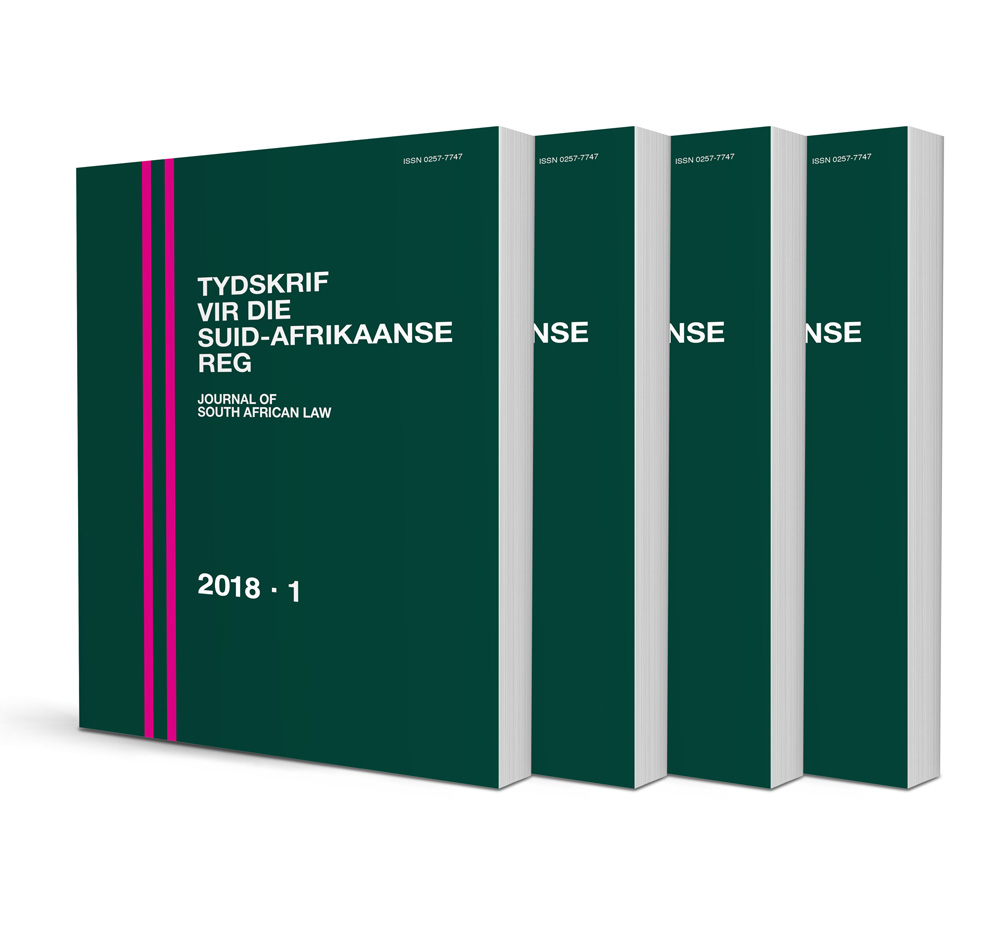A critique of the lex mercatoria as the governing law of a contract

A critique of the lex mercatoria as the governing law of a contract
Author: Faadhil Adams
ISSN: 1996-2207
Affiliations: Senior Lecturer, Department of Commercial Law, University of Cape Town, Co-Director UCT Arbitration and Dispute Resolution Unit
Source: Tydskrif vir die Suid-Afrikaanse Reg, Issue 2, 2024, p. 292-305
https://doi.org/10.47348/TSAR/2024/i2a6
Abstract
Die lex mercatoria is ’n vorm van nie-staatlike of nasionale reg wat dikwels in dieselfde asem as instrumente soos die Unidroit-beginsels oor internasionale kommersiële kontrakte en die Weense Verkoopskonvensie oor die Internasionale Verkoop van Goedere (1980) genoem word. Daar is egter ’n inherente verskil tussen die lex mercatoria en hierdie ander gemelde instrumente, en dit kan saamgevat word as ’n kodifikasie, of in nog eenvoudiger terme, as ’n stel geskrewe reëls. Al drie bogenoemde vorme van nie-staatlike reg is deel van die matriks van regsnorme wat beskou kan word as die reg wat ’n kontrak beheers. Die lex mercatoria word dikwels in arbitrasiegevalle oorweeg as ’n geldige keuse as die heersende reg wat ’n bepaalde kontrak reël. In hierdie bydrae reflekteer die outeur oor hierdie toepassing.
Die outeur toon dat dit in werklikheid nie ’n goeie regskeuse is nie, en nie beskou behoort te word as ’n vorm van nie-staatlike reg wat partye kan kies nie. Dit word gedoen deur eerstens die historiese interpretasies van die lex mercatoria te oorweeg en daarna daardie denklyn deur te trek na meer moderne inkledings van die konsep. Die mees holistiese betekenis wat aan die begrip lex mercatoria gegee is, is gekonseptualiseer, in die moderne era, deur twee akademici en praktisyns, naamlik Schmithoff en Goldman. Met die eerste oogopslag lyk dit of die twee outeurs diametraal teenoorgestelde sienings het oor wat die boublokke van die moderne lex mercatoria behels.
Die outeur voer in hierdie bydrae aan dat die redes agter sodanig uiteenlopende sienings, aanvanklik gebaseer is op die gebrek aan konsensus oor wat die lex mercatoria is en uit watter reëls dit bestaan. Daar word aangetoon dat selfs wanneer kontemporêre outeurs poog om betekenis aan die lex mercatoria te gee en definitiewe reëls daaroor te verskaf, bly die uitkoms onseker. Teoretiese sienings wat gebaseer is op openbare internasionale reg en internasionale gebruiklike regsreëls, soos opinio juris en gedrag, kan in die privaat internasionale regsdomein vergelyk word met die sekerheidskriteria wat ontwikkel is vir die bepaling van die geskiktheid van nie-staatlike regreëls as die heersende reg van die kontrak. In die finale analise kom die outeur tot die gevolgtrekking dat selfs wanneer die metodologie van die openbare internasionale reg toegepas word, is die inherente onsekerheid van ’n konsep wat nie definieerbaar is nie, fataal vir sy gebruik – nie as ’n konsep nie – maar as die heersende reg van ’n kontrak.